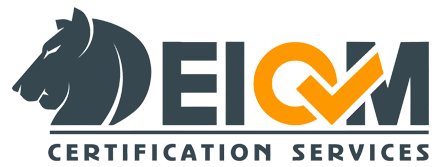Introduction
At the core of ISO 31000 lies a set of principles guiding organizations towards effective risk management. These principles emphasize the establishment of a risk management framework tailored to organizational needs, seamless integration of risk management into business processes, and a structured, comprehensive approach towards identifying, assessing, and treating risks.
Benefits of Implementing ISO 31000
Implementing 31000 standard yields multifaceted benefits for organizations. By adopting this standard, businesses can enhance decision-making processes, foster a culture of risk awareness, and optimize resource allocation to mitigate potential risks effectively. This standard empowers organizations to proactively manage risks, thereby safeguarding their reputation and ensuring long-term sustainability.
ISO 31000 Framework Components
The 31000 framework comprises three interrelated components: risk identification, risk assessment, and risk treatment. Organizations leverage this framework to systematically identify and analyze risks, prioritize them based on their potential impact and likelihood, and develop appropriate risk treatment strategies to mitigate or exploit them.
Comparison with Other Risk Management Standards
While ISO 31000 shares commonalities with other risk management standards such as ISO 9001 and COSO ERM, it distinguishes itself through its holistic and flexible approach. Unlike ISO 9001, which primarily focuses on quality management, This standard addresses risks comprehensively across all organizational functions. Similarly, while COSO ERM provides a broader enterprise risk management framework, This standard offers a more adaptable and scalable approach suitable for diverse organizational contexts.
ISO 31000 Implementation Steps
Successful implementation of ISO 31000 entails several key steps, starting with establishing the context within which risks operate. Organizations then employ various techniques to identify risks, ranging from brainstorming sessions to risk workshops. Subsequently, they assess the identified risks using quantitative or qualitative methods and develop risk treatment plans tailored to their specific risk appetite and tolerance.
Case Studies of ISO 31000 Implementation
Numerous organizations worldwide have successfully implemented ISO 31000, reaping tangible benefits in terms of improved risk awareness, streamlined decision-making, and enhanced resilience. However, the journey towards This standard compliance is not without its challenges, as organizations often encounter resistance to change, lack of expertise, and resource constraints during implementation.
Challenges in Implementing ISO 31000
One of the primary challenges in implementing This standard is overcoming resistance to change, particularly among stakeholders accustomed to traditional risk management practices. Moreover, organizations may struggle to find skilled professionals capable of navigating the complexities of This standard and lack the necessary resources to allocate towards risk management initiatives.
Tips for Successful ISO 31000 Implementation
To overcome these challenges, organizations must foster top management commitment towards embracing ISO 31000 and allocate adequate resources for training and capacity building. Additionally, cultivating a culture of risk awareness and continuous improvement is essential for sustaining This standard compliance and maximizing its benefits in the long run.
Conclusion
In conclusion, ISO 31000 serves as the gold standard in risk management, offering organizations a robust framework to navigate uncertainties and capitalize on opportunities in today’s dynamic business environment. By embracing This standard, organizations can foster a culture of risk awareness, enhance decision-making processes, and safeguard their long-term viability amidst evolving challenges and disruptions.


Add a Comment